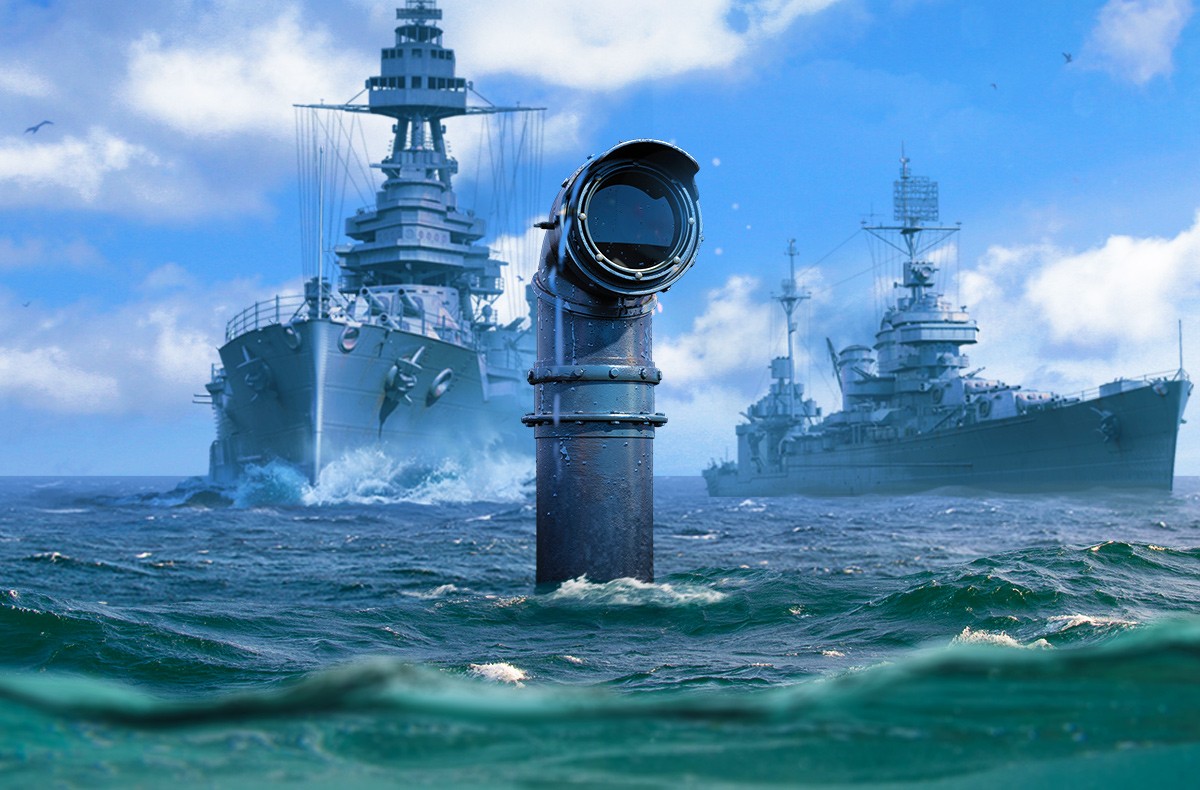

The positions of the two “finds” correspond with a contemporary aerial photo of Dartmouth in the 1920s which shows the submarine and another craft sitting on the mudflats.

The team concluded the E52 probably lies in the north-east corner of the park, while roughly at right angles to it is another large metallic object, most likely a German torpedo boat destroyer, S24, bought for scrap like E52 after the First World War. The radar sent sound pulses through concrete and Tarmac and the resulting concentrations of red on the scans suggest large metallic objects lying about one metre beneath the surface. The pair were intrigued by Lt Kemp’s research last year and, working with him, the scientists focused on one corner of the park. READ MORE: Historic Devon pub restored to former glory by new landlords The findings were made by Dr Simon Roffey, reader in archaeology, and Dr David Ashby, who manages Winchester University’s soil laboratory. The discovery comes after Lieutenant Tom Kemp, an officer from Britannia Royal Naval College, believed he had identified HMS E52 as the submarine that was unceremoniously buried alongside rubble and other landfill at the five-acre park. The vague outline of what is thought to be HMS E52 can be made out on the resulting scans – as well as a second object, a German torpedo boat, which is longer but also narrower. Since the 1930s, residents in Dartmouth have been convinced the wreck of a submarine is buried under a coastal park.Įxperts from the University of Winchester used ground penetrating radar to scan the site in Coronation Park where the submarine is believed to have been buried. Two scientists believe they have confirmed an urban legend that has intrigued a town for nearly a century.


 0 kommentar(er)
0 kommentar(er)
